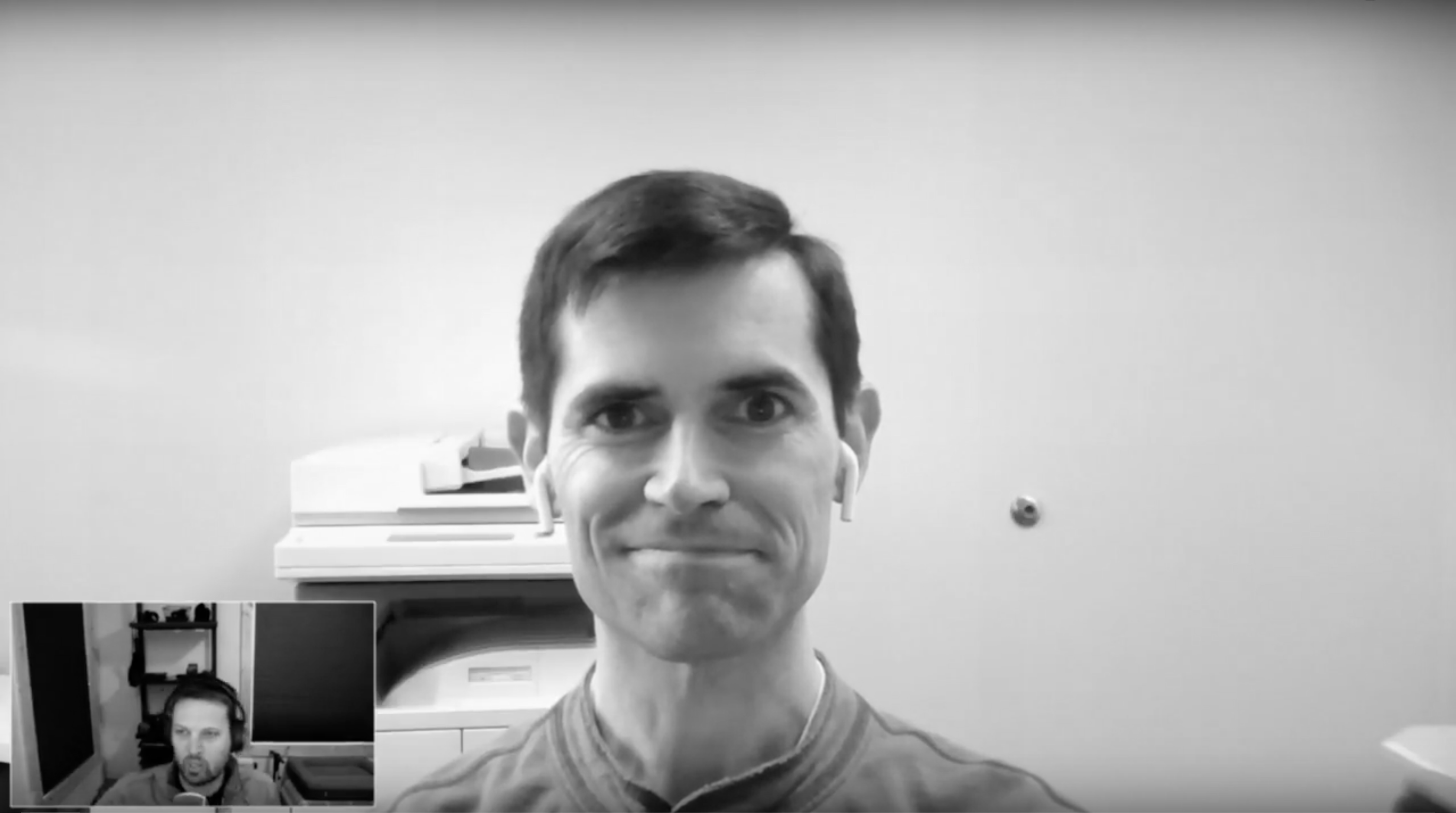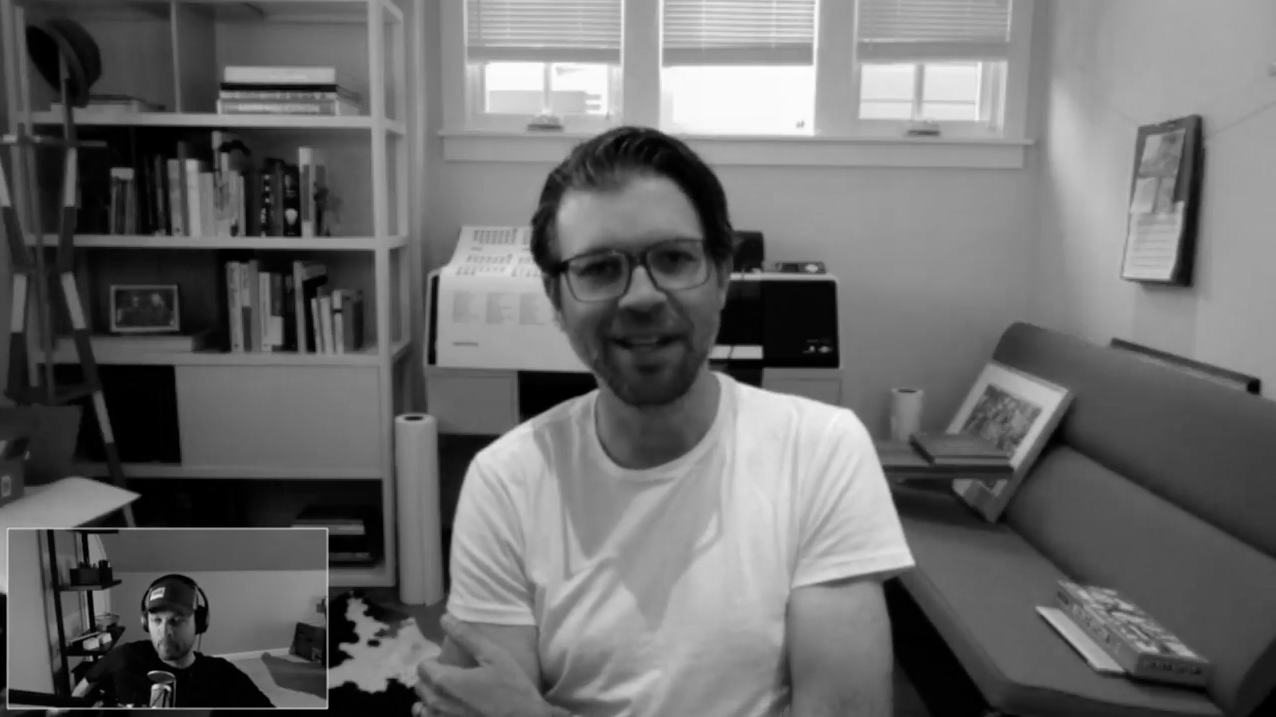#shipping
Chapters and interviews tagged with ‘#shipping’
Related Book Chapters & Interviews
 Interview № 21 of 24
Steve McLeod
Interview № 21 of 24
Steve McLeod
Steve McLeod is the founder of Feature Upvote, a SaaS tool to enable your customers to suggest and upvote improvements. In this episode, we talk about and compare his experiences running both a B2C app and B2B app and the value of having a part-time system administrator on retainer.
Every time you make a change, it won’t be universally embraced by your customers. You’re rocking the boat, and it’s worth spending a little extra time to make the transition as seamless as possible.
If you’ve never been responsible for the full stack of a web application development process, it can be overwhelming. Be sure to spend some time becoming familiar with all phases of the development and release management process.
As a small business, agility is a key strength. Your ability to quickly gather and act on customer feedback is a central advantage. Investing in tools and processes to help you iterate quickly and safely is always a good investment.
You may have asked friends, family, or strangers if they would use your product. You may even have asked if they’d pay for it. But until you ask them to enter credit card information, any assurances they gave you are worthless.
 Interview № 20 of 24
Ben Curtis
Interview № 20 of 24
Ben Curtis
Ben and his co-founders started Honeybadger after a bad experience with an existing exception tracking tool. With a focus on customer service, they’ve successfully bootstrapped it into a healthy and sustainable full-time endeavor.
 Interview № 15 of 24
Josh Williams
Interview № 15 of 24
Josh Williams
Josh and I discuss what it’s like going from a bootstrapped small team to a team of 30 in a funded startup. We touch on what it’s like going from being a lifelong business owner to being an employee of a large corporation experiencing huge growth. And we talk about some of the differences between building a small profitable business and hitching your wagon to venture capital. Simply put, Josh brings some great perspective and deep insight to building and running software businesses.
 Interview № 7 of 24
Natalie Nagele
Interview № 7 of 24
Natalie Nagele
Natalie and I talk about bootstrapping, learning that marketing is a necessary part of growing a software company, and the transitions that led Wildbit to be a family-focused company. We touched on the benefits and challenges of running a multi-product company, the inspiration for the various products, and the difficulties of hanging in there as a business gets older and the responsibilities grow and change.
 Interview № 6 of 24
JD Graffam
Interview № 6 of 24
JD Graffam
JD and I talk about buying and selling SaaS applications and share some details from the process of selling and transferring Sifter. JD shares what it’s like juggling multiple businesses and how he makes it work, and he dives into the attributes and insights he uses to decide whether a SaaS application is a good opportunity or not and how he does business a bit differently. This is an episode that’s near and dear because I feel like it shares some of the less-often seen aspects of transactions like selling businesses. I really hope you enjoy it.
 Interview № 5 of 24
Tyler Rooney
Interview № 5 of 24
Tyler Rooney
Format had seven people on the payroll before Tyler even got paid. We talk about bootstrapping in Canada, the amazing story of how they acquired the Format.com domain name, and what it’s like transitioning from a survival mentality to a growth mentality as a business grows.
 Be Fully-prepared to Launch Your Own SaaS Application
Be Fully-prepared to Launch Your Own SaaS Application
Get a free playbook, worksheet, and short email course to help you navigate the journey so you can be ready to build your own SaaS application.